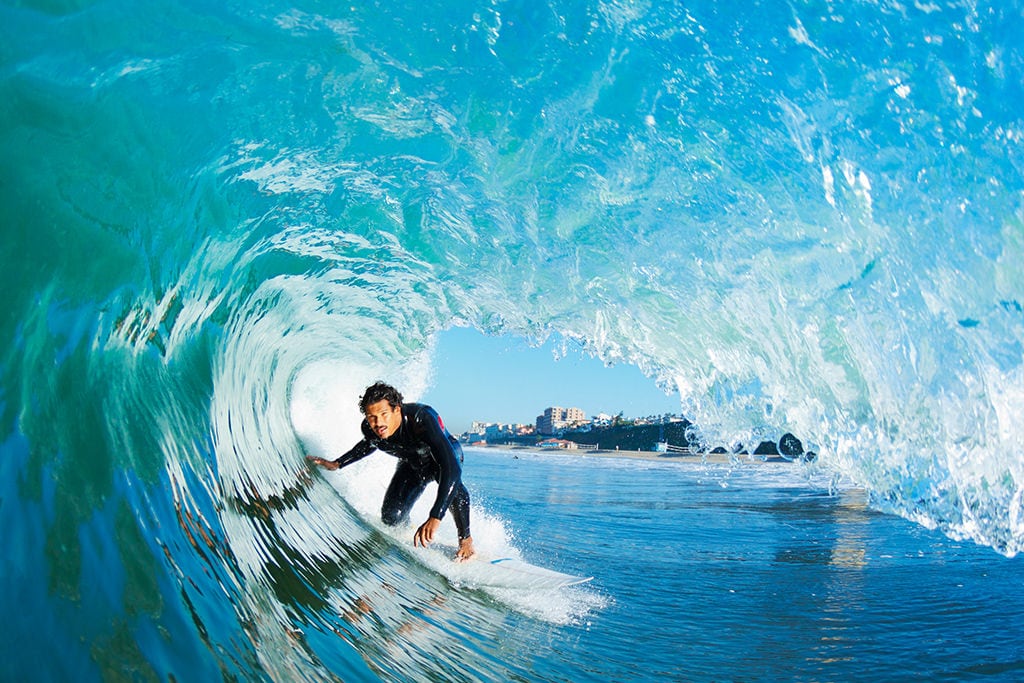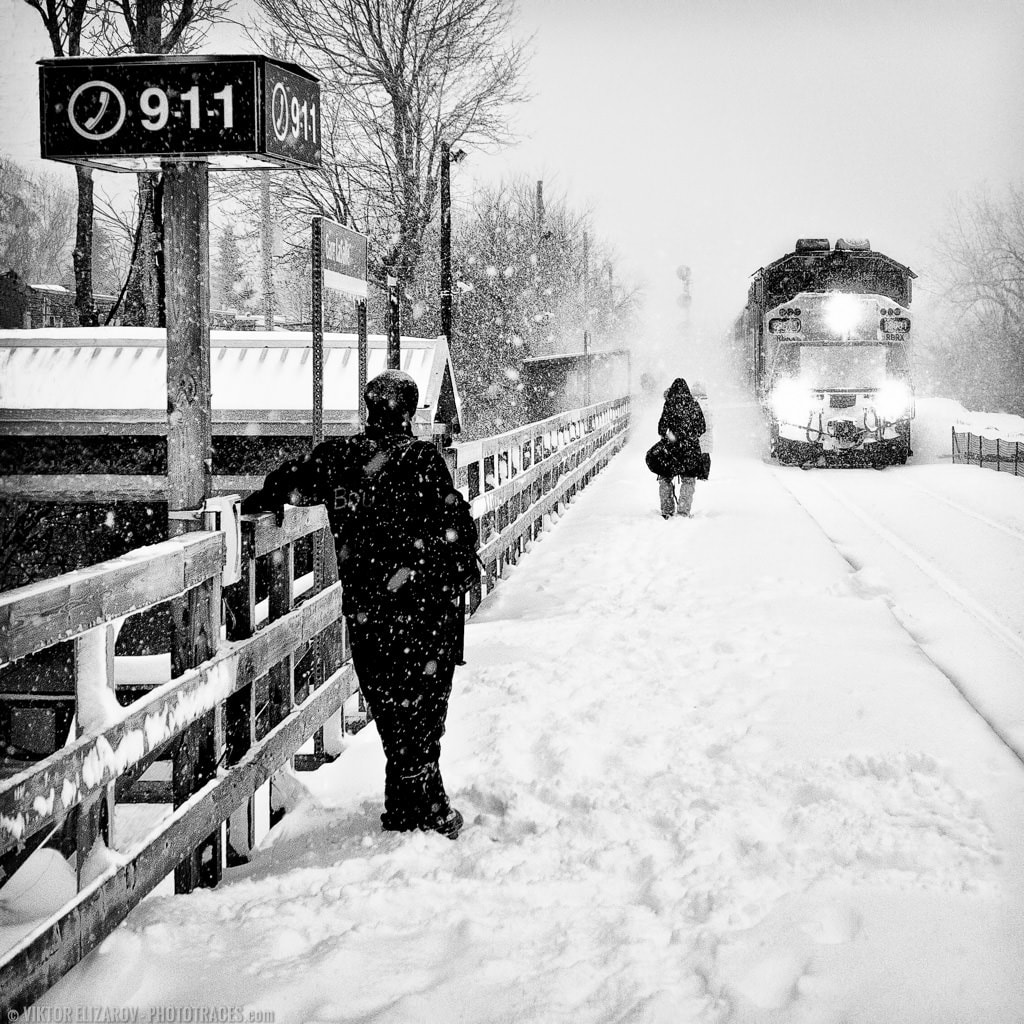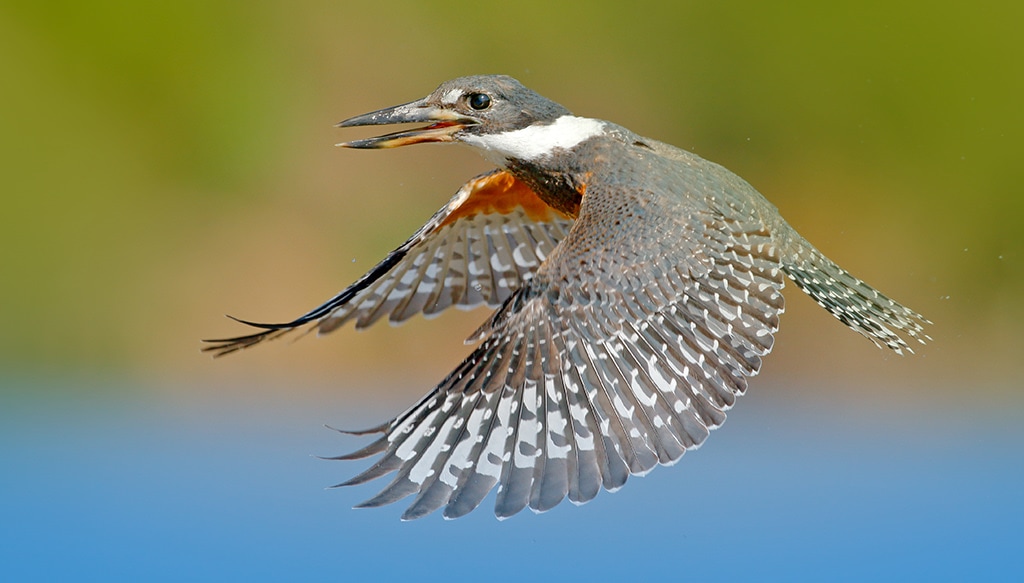Do you discover the idea of utilizing a quick shutter velocity bewildering? You’re not alone. Figuring out the best shutter velocity is usually a difficult job for a lot of photographers, significantly after they’re out within the area confronted with the necessity to make fast selections.
However worry not, as a result of, with the best steering, shutter velocity turns into surprisingly easy. This text is your key to unraveling the secrets and techniques of quick shutter velocity, making them accessible to photographers of all ranges.
Let’s get began.
What Is a Quick Shutter Pace?
Quick shutter speeds are usually outlined as these with a comparatively excessive fraction of a second, reminiscent of 1/400s or 1/500s. These high-speed settings are important when photographing fast-paced topics, whether or not it’s sports activities, wildlife, or any situation the place you need to freeze split-second actions and be certain that they seem crisp and clear within the {photograph}.
The selection of a quick shutter velocity will depend on the velocity of the topic and the extent of motion concerned. Utilizing a quick shutter velocity lets you seize these high-speed moments with precision and readability, making it a basic instrument in motion images.
What’s Shutter Pace?
Shutter velocity is a basic side of images that performs a vital function in capturing pictures. At its core, it entails controlling the period for which the digicam’s sensor or movie is uncovered to gentle whenever you take {a photograph}. This period is set by the opening and shutting of the digicam’s shutter mechanism, and it has a profound affect on the ultimate picture.
Mechanical Shutter
The mechanical shutter is a key part in most conventional cameras. It usually consists of two curtains or blades. If you press the shutter button, the primary curtain opens, exposing the digicam’s sensor to incoming gentle. As soon as the specified publicity time has elapsed, the second curtain closes, blocking additional gentle from reaching the sensor.
Shutter Pace and Publicity
Shutter velocity is immediately related to the publicity of a picture. In images, publicity refers back to the quantity of sunshine that strikes the digicam’s sensor. The connection is easy: an extended shutter velocity ends in a higher quantity of sunshine hitting the sensor, resulting in a brighter picture. Conversely, a shorter shutter velocity permits much less gentle to achieve the sensor, leading to a darker picture.
Shutter velocity is measured in seconds and fractions of a second, with values reminiscent of
1/2s, 1s, 1/20s, 1/200s, 1/500s, 1/1000s, 1/4000s, and so on.
When adjusting shutter velocity, every change represents a major alteration within the publicity worth.
By doubling or halving the shutter velocity you might be altering the publicity worth by an element of two or 1-stop, considerably impacting the general brightness of the picture.
Capturing Movement with Shutter Pace
One other key operate of shutter velocity is to manage the best way movement is captured in {a photograph}.
A quick shutter velocity, reminiscent of 1/1000s or 1/500s, freezes fast-moving topics in motion images, guaranteeing that they seem sharp and with out movement blur.
Then again, a slower shutter velocity, like 1/20s or 1s, can introduce movement blur and convey a way of motion within the picture. This system is usually used for artistic functions, reminiscent of capturing the move of water or the streaking lights of transferring automobiles.
Understanding successfully use shutter velocity is important for photographers, because it permits them to manage publicity, freeze or convey movement, and convey their artistic imaginative and prescient to life.


When to Use Quick Shutter Speeds
There’s one foremost time whenever you’ll need to use a quick shutter velocity:
When you have to freeze movement.
This could occur in plenty of eventualities:
1. Motion Sport Pictures
Should you’re taking pictures motion sports activities, you’ll undoubtedly want a quick shutter velocity. The exact worth will depend on the game, however I like to recommend working with a shutter velocity of at the very least 1/1000s for fast paced individuals, and even quicker (e.g., 1/2000s) when photographing individuals on automobiles reminiscent of mountain bikes.
See additionally: Wildlife Pictures Tools
Freezing fast-moving water and the surfer with a quick shutter velocity


2. Wildlife Pictures
Should you’re taking pictures wildlife, you might have a couple of completely different shutter velocity choices, relying in your topic. If the wildlife is transferring slowly (or not transferring in any respect), then you will get away with shutter speeds of 1/100s to 1/400s.
See additionally: Tutorials for Wildlife Pictures
But when the wildlife is transferring shortly and also you need to freeze it in movement, I like to recommend a shutter velocity of at the very least 1/1000s, and doubtless 1/2000s for something leaping, falling, or in flight.
Hen in flight requires a shutter velocity of 1/1000s or quicker.


3. Macro Pictures (Water Droplets)
If you wish to {photograph} water droplets, you’ll be working at excessive magnifications–which suggests you want a correspondingly excessive shutter velocity to compensate.
See additionally: Finest Macro Lenses for Nikon
That’s why I like to recommend utilizing a shutter velocity of round 1/1000s for photographing water droplets (simply to be secure).


4. Road Pictures
Should you’re photographing avenue scenes, I like to recommend utilizing a shutter velocity between 1/400s and 1/1000s. And in the event you’re photographing avenue scenes with fast-moving vehicles, trains, busses then I like to recommend a good increased shutter velocity of round 1/1600s or 1/2000s. This may make sure you freeze the vehicles, with out ending up with any blur in any respect.
Associated: 10 Well-known Road Photographers


5. Household Pictures (Operating Children)
Relating to photographing households, it’s a must to watch out. In case your children are working round, you would possibly find yourself with a blurry picture–which completely no person will recognize.
So you utilize quick shutter velocity.
1/1000s is an effective place to begin, and can usually guarantee the youngsters are utterly frozen.
Causes for Utilizing Quick Shutter Pace
Freezing Quick Motion
In conditions the place topics are in fast movement, reminiscent of athletes in motion sports activities or wildlife on the transfer, a shutter velocity of 1/400s to 1/500s turns into indispensable. It lets you freeze the motion, capturing the topic in clear element with none movement blur. That is particularly crucial for sports activities photographers who have to seize that split-second landing or a wildlife photographer snapping a hen in flight.


Decreasing Digicam Shake
A quicker shutter velocity not solely freezes the topic but additionally minimizes the affect of digicam shake. When taking pictures at slower speeds, even the slightest hand tremors or vibrations may end up in blurry pictures. By rising your shutter velocity, you guarantee your images stay sharp and shake-free.
Versatility in Vibrant Lighting Circumstances
Quick shutter speeds supply versatility, permitting you to work in varied lighting situations. They’re particularly useful in conditions the place you have to counteract the consequences of vibrant daylight. By deciding on a quicker shutter velocity, you may keep correct publicity whereas nonetheless capturing the motion.
Inventive Management
Utilizing shutter speeds within the 1/400s to 1/500s vary also can allow you to experiment with artistic images strategies. For example, you may seize distinctive water droplet splashes, freeze movement in avenue images, or create gorgeous, high-speed macro pictures.
The best way to Use Quick Shutter Pace
To harness the facility of a quick shutter velocity successfully, you have to make the required changes to your digicam settings. These changes are very important in guaranteeing that you just seize these split-second moments with precision and readability. Right here’s a step-by-step information on use quick shutter velocity:
1. Shutter Precedence Capturing Mode (S/Television)
Start by setting your digicam to Shutter Precedence mode, typically denoted as “S” (Nikon) or “Television” (Canon). This mode lets you management the shutter velocity whereas the digicam takes care of the aperture. By deciding on a quick shutter velocity right here, you make sure that your digicam prioritizes capturing fast actions.
2. Steady Autofocus (AF-C)
Change your digicam’s autofocus mode to Steady Autofocus (AF-C) or AI Servo (Canon). This setting allows your digicam to always regulate the main focus as the topic strikes, guaranteeing that your fast-moving topic stays sharp and in focus.


3. Dynamic Space AF Mode
Use the Dynamic Space AF mode to permit your digicam to trace transferring topics throughout the body. This mode is especially helpful for motion sports activities or any situation the place your topic is in movement. It helps keep deal with the topic even because it strikes inside the body.
4. Steady (Burst) Drive Mode
Benefit from the Steady or Burst Drive Mode. This mode lets you seize a fast sequence of pictures in fast succession. It’s excellent for motion images as a result of it will increase the possibilities of capturing that excellent second throughout fast-paced motion.
5. File Format
Whereas utilizing RAW format usually offers higher picture high quality and a wider dynamic vary, in motion sports activities images, it’s frequent to change to JPEG format. JPEG vs RAW recordsdata are smaller and permit for longer bursts earlier than the digicam’s buffer fills up, ensuring you don’t miss essential moments.
6. Reminiscence Card Pace
Go for the quickest reminiscence card your digicam helps. This alternative ensures that your burst pictures are transferred shortly from the digicam’s buffer to the reminiscence card, decreasing downtime between bursts.
7. ISO Settings:
Given the quick shutter velocity limits the quantity of sunshine reaching the sensor, it’s possible you’ll have to regulate the ISO settings to stability the publicity. Improve the ISO setting as wanted to compensate for the decreased gentle. Nevertheless, be cautious to not underexpose the images, as this may end up in the next degree of noise, particularly at excessive ISO settings.
By following these steps and adjusting your digicam settings accordingly, you’ll be well-prepared to benefit from a quick shutter velocity, capturing action-packed moments with precision and readability, whether or not you’re taking pictures sports activities, wildlife, or any fast-moving topic.


Quick Shutter Pace: FAQs
What’s the Minimal Shutter Pace?
Minimal shutter velocity refers back to the slowest shutter velocity at which a digicam can function whereas nonetheless producing a correctly uncovered picture below particular lighting situations. It is a crucial idea in images as a result of it determines the size of time the digicam’s sensor or movie is uncovered to gentle.
Now, whereas most cameras will let you shoot with a shutter velocity of 30s or quicker, the minimal shutter velocity varies from digicam to digicam.
For example, a client digicam just like the Canon T7i/800D has a minimal shutter velocity of 1/4000s. However a professional-grade sports activities digicam such because the Canon 1D X Mark II permits shutter speeds of as much as 1/8000s.
Photographers have to know their digicam’s minimal shutter velocity and contemplate this issue together with different settings like aperture and ISO to realize the specified ends in completely different lighting situations and taking pictures eventualities.
What’s the Distinction Between Quick Shutter Pace vs Gradual Shutter Pace?
The excellence between a quick shutter velocity and a gradual shutter velocity lies within the period for which the digicam’s sensor or movie is uncovered to gentle when taking {a photograph}. Listed below are the important thing distinctions between the 2:
Quick Shutter Pace
- Temporary Publicity Time: Quick shutter speeds end in a shorter publicity time, which means that the sensor or movie is uncovered to gentle for less than a quick second.
- Freezing Movement: Sooner shutter speeds are usually used to freeze fast-moving topics or seize motion with precision. They’re important for sports activities images, wildlife images, and any scenario the place you need to seize a topic in movement with out movement blur.
- Diminished Gentle: Due to the quick publicity time, much less gentle reaches the digicam’s sensor. To take care of correct publicity, a wider aperture or the next ISO setting is usually required when utilizing quicker shutter speeds.


Gradual Shutter Pace
- Prolonged Publicity Time: Gradual shutter speeds end in an extended publicity time, permitting the sensor or movie to be uncovered to gentle for an prolonged interval.
- Movement Blur: Gradual shutter speeds are used to deliberately introduce movement blur into pictures. This impact might be creatively employed for capturing the move of water, creating gentle trails from transferring automobiles, or conveying a way of movement in a scene.
- Elevated Gentle: Owing to the lengthier publicity time, extra gentle reaches the digicam’s sensor. That is significantly advantageous in low-light situations or when aiming to seize the ambiance of a scene with a protracted publicity.
- Inventive Potentialities: Gradual shutter speeds open the door to artistic images strategies. They empower you to craft velvety-smooth waterfalls, seize celestial star trails, or evoke a sense of motion in nocturnal cityscapes.


The selection between utilizing a quicker or slower shutter velocity will depend on your artistic aims and the particular calls for of your images.
Sooner shutter speeds excel at arresting dynamic motion and guaranteeing the sharpness of swiftly transferring topics, whereas slower shutter speeds supply a canvas for inventive exploration and the infusion of movement blur into your compositions.
Quick Shutter Pace | Last Ideas
Hopefully, you now have a way of quick shutter velocity, their function, and take care of them within the area.
In spite of everything, selecting the best shutter velocity is likely one of the foremost keys to a sharp picture.
So ensure you take into consideration your shutter velocity–and begin taking pictures!
Some superb images await.

